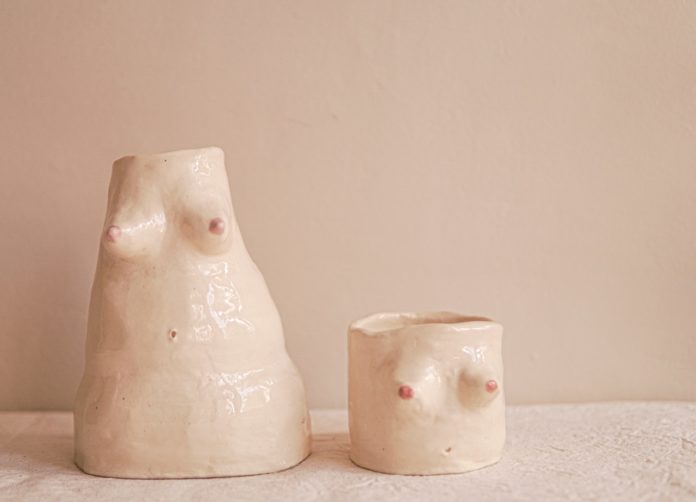Breast implants are artificial devices that are surgically inserted into a woman’s breasts to enhance their size and shape. They can be used for various reasons, including cosmetic purposes or reconstructive surgery after mastectomy.
When selecting the right breast implant shape and size, you must consider several factors. These factors include your body’s anatomy, the amount of natural breast tissue you have, the projection and width of your natural breasts, and the desired aesthetic outcome.
If you’re considering getting breast implants, it is important to gather all the relevant information before making a decision. Breast augmentation is a personal decision that can have a tremendous impact on a woman’s self-confidence and self-esteem. For this reason, before going under the knife, it’s crucial to consult with a qualified plastic surgeon who specializes in this type of surgery. They will evaluate your specific needs and wants and choose the best approach for achieving your desired results.
Since this process may quickly become overwhelming, in the article below, we provide you with a guide to breast implant shapes and sizes that will help you make an informed decision.
The Different Types of Breast Implants
The type of implant you choose plays a major role when trying to achieve your ultimate aesthetic goals. There are several different types of implants that you and your surgeon can discuss. By understanding the available options, you can make the right decision that ensures optimal results.
Silicone Implants
One type of implant commonly used is silicone, and they were used in 84% of all breast augmentations in 2020. These implants are filled with a cohesive gel that mimics the feel of natural breast tissue, providing a soft and natural appearance, making them a popular choice among individuals seeking a more realistic outcome.
Saline Implants
Another option is saline implants, which consist of a silicone shell filled with a sterile saltwater solution. One advantage of saline implants is that they can be adjusted in size during surgery, allowing for precise customization based on individual needs.
Gummy Bear Implants
For those who desire a more structured look, there are also form-stable implants available. These implants maintain their shape due to their thicker consistency and are often referred to as “gummy bear” implants. They provide enhanced projection and stability while still offering a natural feel.
Choosing the Right Shape
The shape of the implant you choose will depend on the final look that you want to achieve. The shape that flatters your friend’s body may not suit yours. This is why you should schedule a consultation with a reputable plastic surgeon to discuss all your options.
To achieve a natural appearance, you must consider the natural shape and degree of elasticity of your breasts. These implants shouldn’t be too large or small unless you are aiming for that. If the shape of the implant is not flattering, the implants can protrude too far from the breast wall and look contrived.
Round
Round implants provide a symmetrical look and feel to the breasts while having a more natural appearance than other types of implants. They are usually placed under the chest muscles and are available in both saline and silicone materials. Round implants can also be customized to fit each woman’s body shape, allowing for further personalization when selecting the perfect implant size.
Teardrop
Teardrop breast implants, also known as anatomical or contoured implants, are made to create a more natural-looking breast shape. These implants are shaped like a teardrop and have an area of greater projection at the bottom, which provides fullness in the lower portion of the breast. This gives them a sloped appearance that many women prefer over round implants.
Size of Breast Implants
All breast implants are measured by cubic centimeters. Women often think they must have a certain number of cubic centimeters (ccs) to be satisfied with their breast implants. This is not always the case. The larger the implant, the higher the number, but keep in mind that bigger isn’t always better.
Each 150-200 CCs corresponds to a cup size increase between one and one-and-a-half sizes. An average implant can contain 400 CCs. You may need to use unique implants that are larger and better equipped if you want more CCs.
Your doctor will ask what size cup you prefer during your consultation. You will be asked to test out different sizes of implants (while wearing a bra) to see how they look on your body. This will allow you to determine the ideal size for you.
Final Thoughts
Ultimately, the choice between these different types of implants will depend on factors such as personal preference, body type, desired outcome, and the advice of your surgeon. By discussing these options thoroughly with your surgeon, you can determine which implant type, size, and shape best suits your goals and helps you achieve the results you desire.


